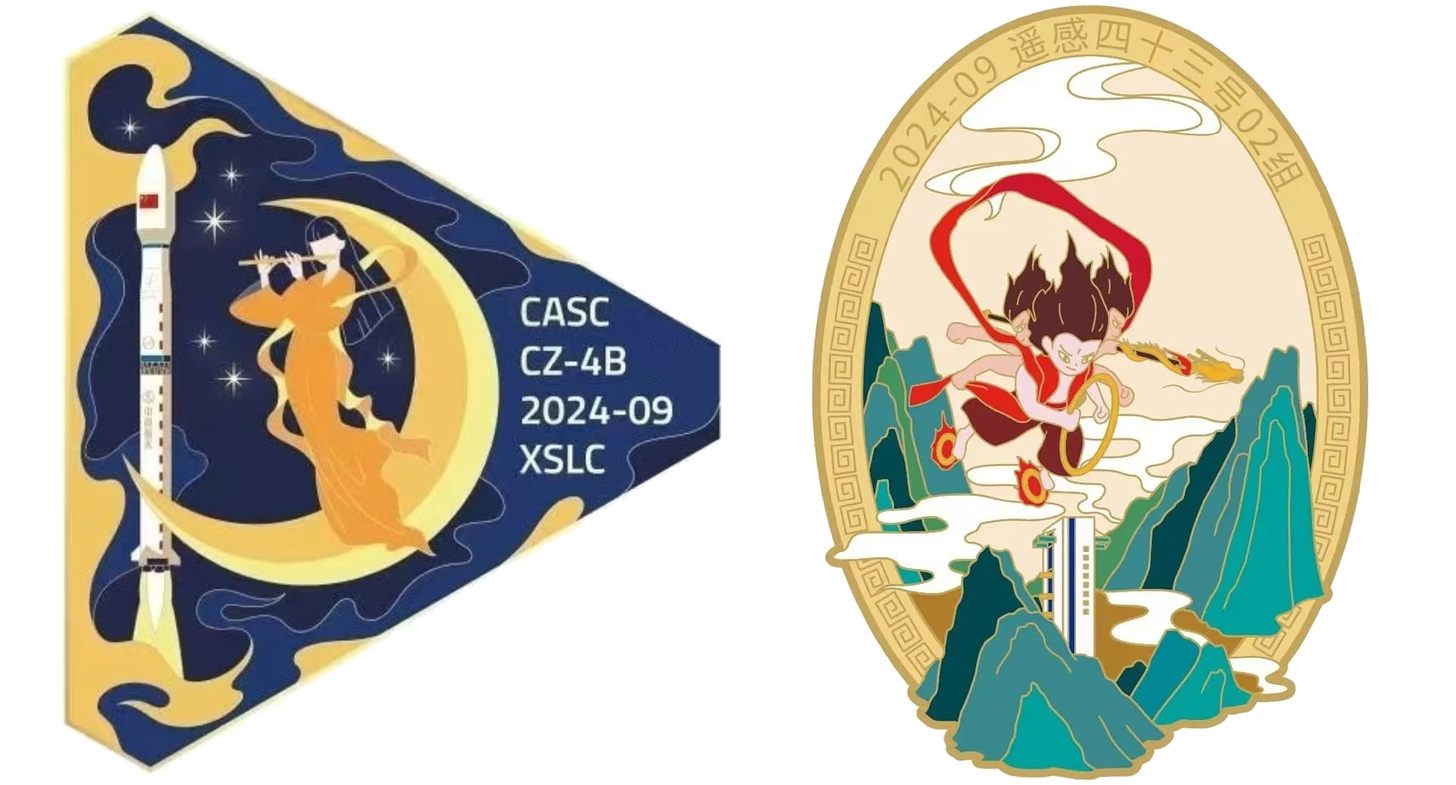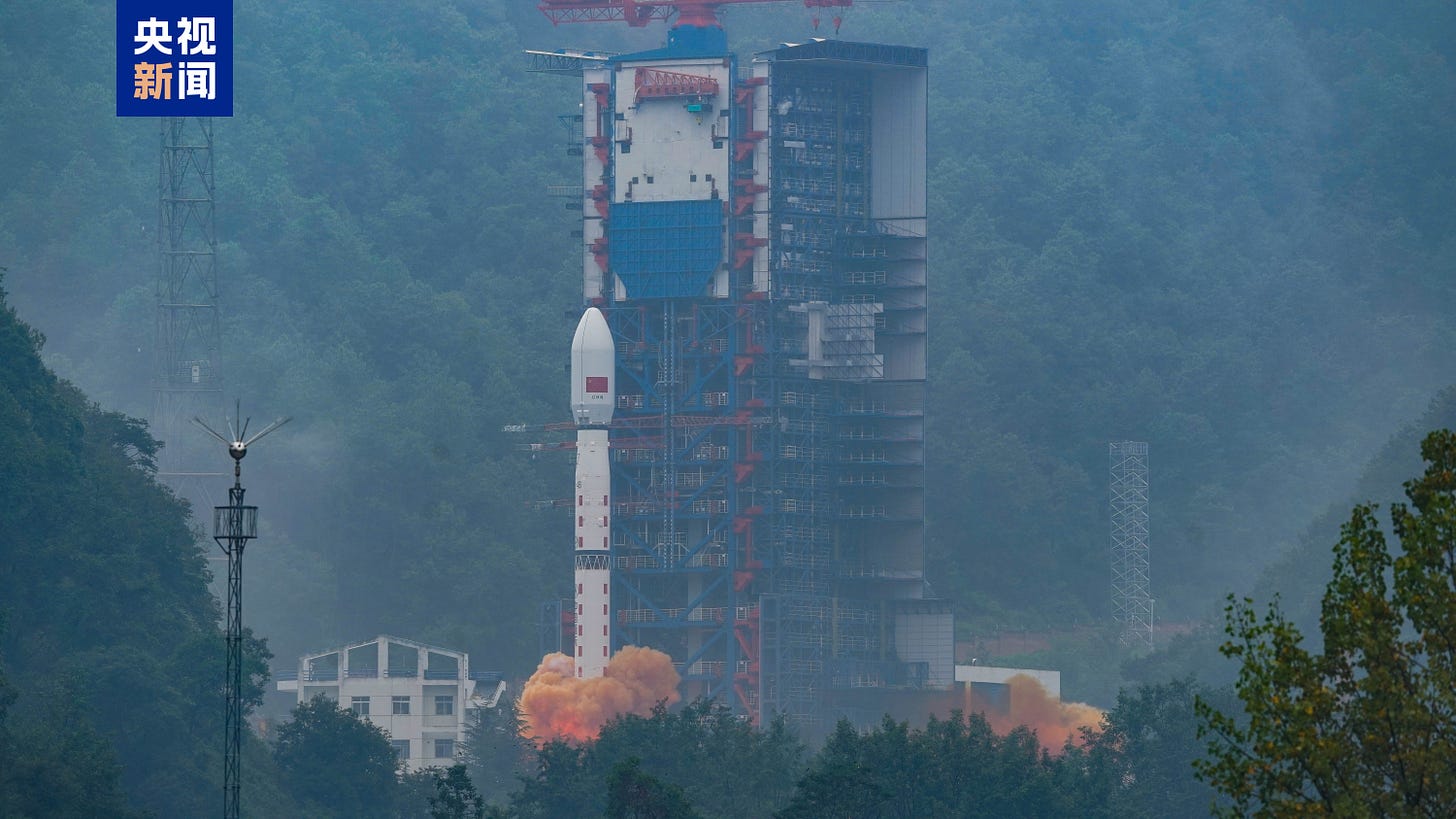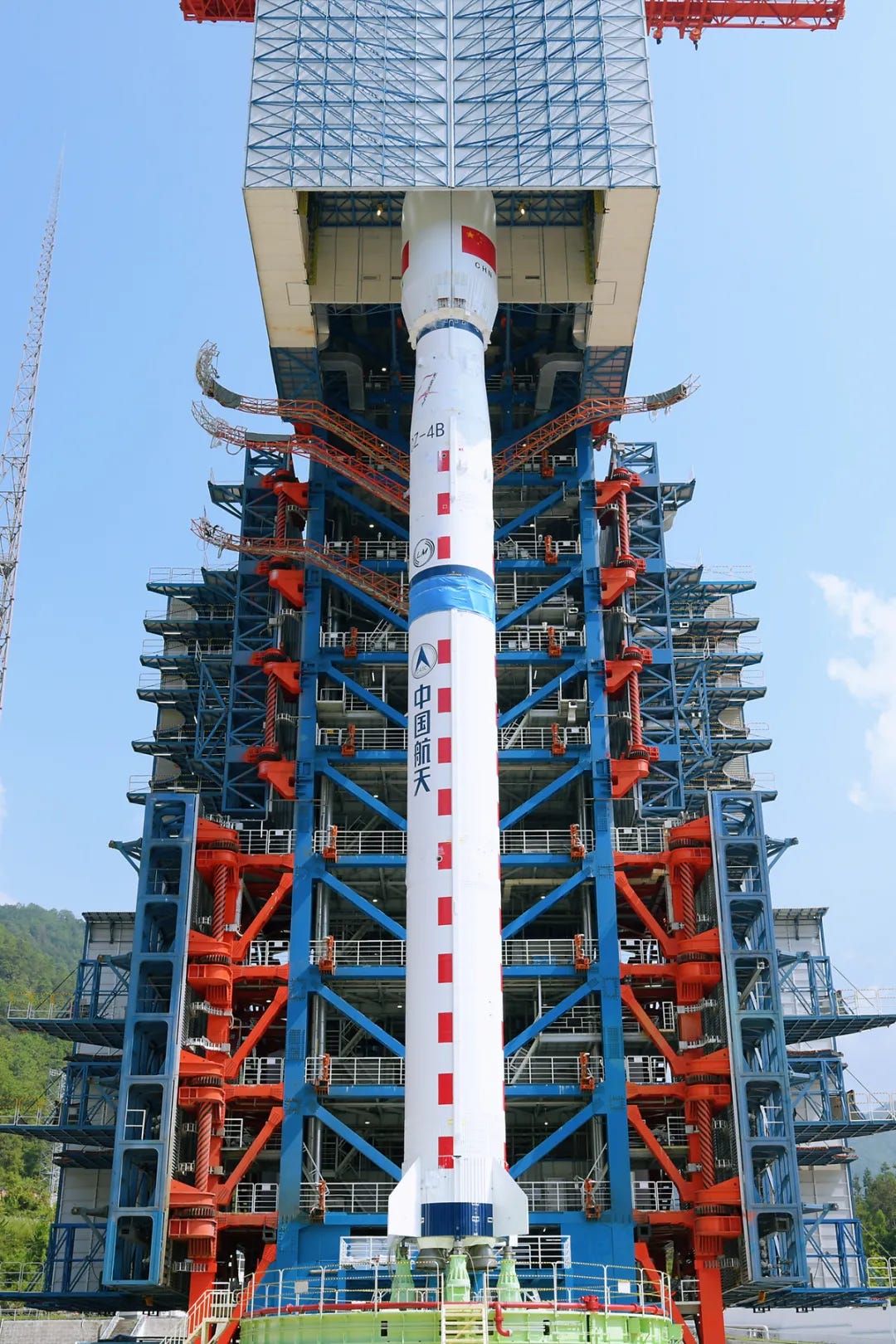Another test batch? [Long March 4B Y73]
Yaogan 43 had a second group of satellties sent into orbit atop of a Long March 4B.
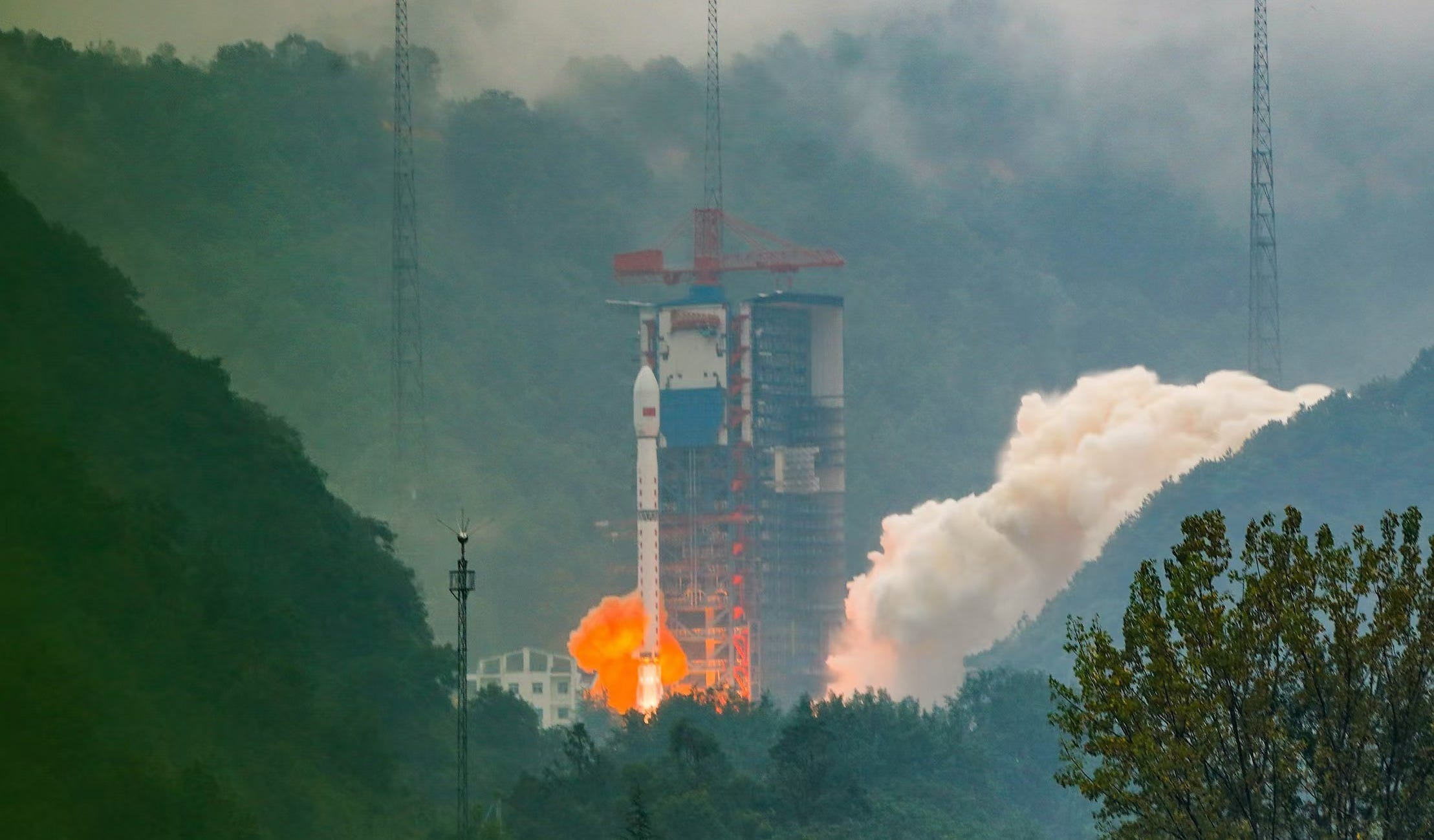
Another Long March 4B took to the skies at 09:22 am China Standard Time, or 01:22 am Universal Coordinated Time, from the Xichang Satellite Launch Center heading for low Earth orbit on September 3rd. This launch is believed to have been carrying six satellites for Yaogan-43 as Group 02.
Details about this launch were largely the same as the Yaogan-43 Group 01 launch, with the satellite group reportedly testing low Earth orbit constellation technology.
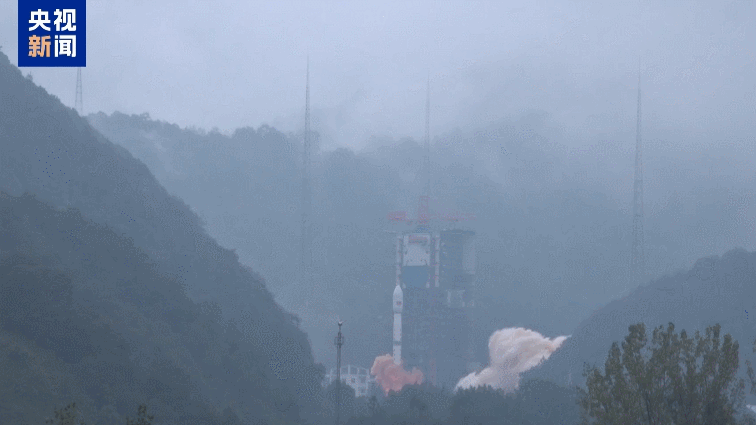
Like the last group, the satellites are expected to help provide data for land surveying, disaster prevention, and monitoring of the Earth below.
In support of the Yaogan-43 launches, the Long March 4B’s 4.2-meter diameter fairing was flying once again. This fairing is also longer than the vehicle’s usual fairing. So far this fairing is believed to have been used twice, solely for Yaogan-43.
Due to the reported test nature of Yaogan-43, the constellation could be for on-orbit hardware verification ahead of the first GuoWang satellite batch. Alternatively, they could be part of the testing of China’s Starshield constellation equivalent (Starshield is the military version of Starlink).
Despite the general lack of details, the Shanghai Academy of Spaceflight Technology was reported as the spacecraft manufacturer. In their post-launch blog post on WeChat/Weixin, the academy was keen to share that the spacecraft teams adopted a parallel design method to decide how best to conduct the spacecraft’s technology experiments.
Yaogan-43 ‘derived’ spacecraft likely aren’t in mass production, but if they eventually are it would provide low-cost high-availability imaging of China, and Belt and Road nations, to support development and modernization.
This was also the 39th launch from China this year, as the country hopes to reach 100 launches this year. For China to hit this goal, a launch would need to occur every 1.95 days.
For the Long March 4 series, this was the 107th overall launch, the 216th Long March rocket launch from the Shanghai Academy of Spaceflight Technology. The overall number of Long March rocket launches now stands at 533.
What is the Long March 4B?
This section is for those less familiar with China's Long March series of launch vehicles.
The Long March 4B is a three-stage rocket that burns Dinitrogen Tetroxide and Unsymmetrical Dimethylhydrazine in all three of its stages. It is manufactured by the Shanghai Academy of Spaceflight Technology.
The Long March 4B is believed to be capable of launching up to 4,200 kilograms into low Earth orbit, 2,800 kilograms to a sun-synchronous orbit, or 1,500 kilograms to a geosynchronous transfer orbit.
The first stage is powered by four YF-21C engines, which generate 302 tons of thrust burning Dinitrogen Tetroxide and Unsymmetrical Dimethylhydrazine. The second stage is powered by a single YF-24C engine that generates 80 tons of thrust by burning Dinitrogen Tetroxide and Unsymmetrical Dimethylhydrazine. The third stage is propelled by two YF-40 engines that provide 10 tons of thrust by burning Dinitrogen Tetroxide and Unsymmetrical Dimethylhydrazine.
On the launchpad, the Long March 4B is believed to be over 44 meters tall, with a first and second-stage diameter of 3.35 meters along with a third-stage diameter of 2.9 meters. Fully fuelled the launch vehicle weighs a believed 249,200 kilograms.
As of writing (September 3rd), the Y number for this launch has not yet been stated. As of the 6th of September 2024, this mission is rumored to have been Y73.
Chinese companies, state-owned and private, use Y followed by a number to serialize launch mission numbering, similar to NASA with STS.




